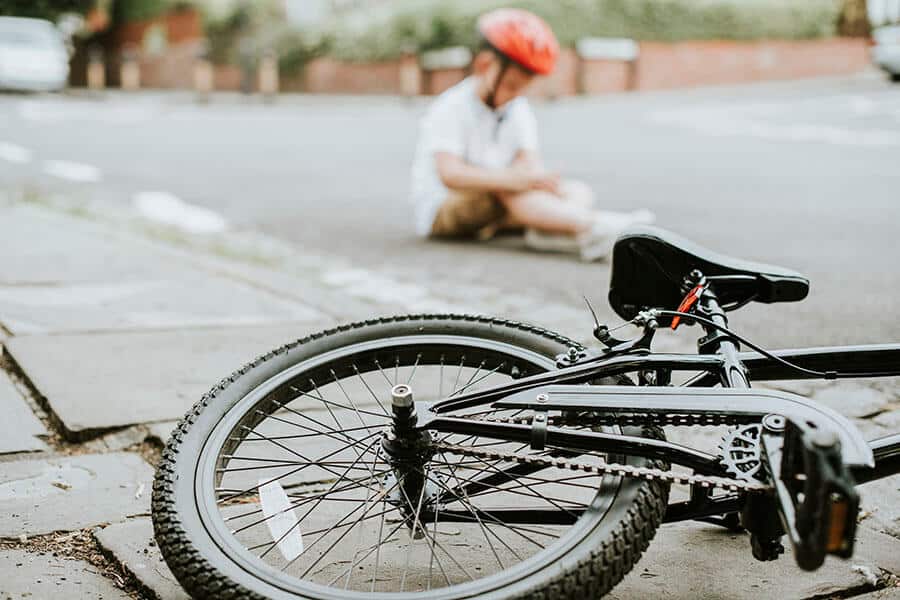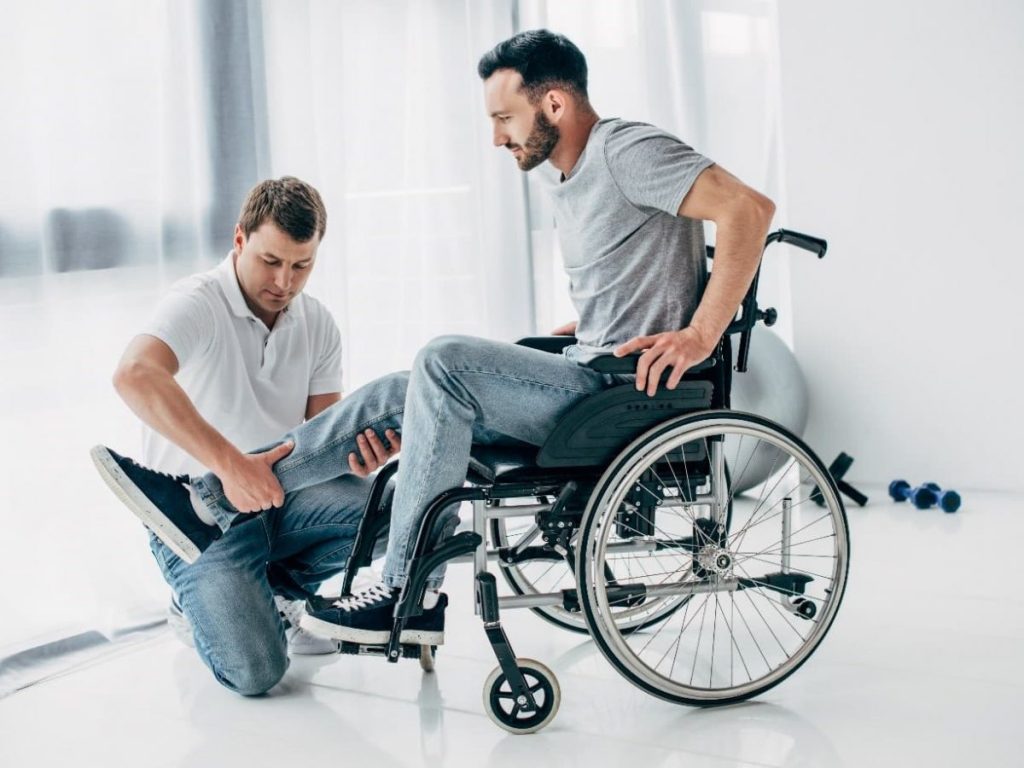Imagine two scenarios: A rider rolls in from a 150km training ride on his $7000 bike (his third session for the week), complaining of sharp pain in his knee over the last 25km. Another rider comes home from work after her normal 10km sprint through the traffic, complaining of a sharp pain in her knee when taking off from the lights.
There is a good chance that our 150-kilometre rider will have had his bike set-up checked and assessed, but the bike may have become altered by only millimetres which can be enough to result in that sharp knee pain. So one of the first things to check when you feel any pain anywhere is your bike.
Check the seat height, the saddle position, the handlebars and the cleats. Likewise our recreational cyclist, who may not know as much about bike setup, should drop in to her bike shop and get them to set up the bike for her. This is vital.
In the case of our 150-kilometre cyclist, there is a chance his knee injury could have resulted from overtraining, if he has increased his kilometres or had insufficient recovery or other external stress. He should consult a professional about his knee to get the best advice on training while the injury recovers, and ensure it doesn’t blow out into something much worse.
The social rider could try applying the good old RICE (rest, ice, compression, elevation) method to her knee and rest from riding for the remainder of the week. If the injury still doesn’t settle, go and see the physio.
One of the most common problems I see in cyclists is too much pedalling resistance. Unless training specifically for hills or sprints, the optimal cadence is around 80-90RPM, and the novice rider who cannot maintain this with wind or hills added should select a gear that gives progress with the least effort. Knee pain is often a result of riding at low cadence with high resistance.
For competitive cyclists, regular stretches and core stability exercises are essential to prevent injury. If you don’t stretch, it is only a matter of time before it’s your knee (or back or neck) that’s screaming. Regular stretches and stability exercises would have reduced the risk of injury for our competitive cyclist, and taught him how to address pain quickly via appropriate stretches etc. The same applies to the cyclist in scenario two, who will equally benefit from having better flexibility and core strength.
If you are unfortunate enough to injure yourself in this way, apply the RICE method to the injury. If the injury is a sprain or strain and you have applied common sense and feel confident it will settle, then there is a good chance it will.





